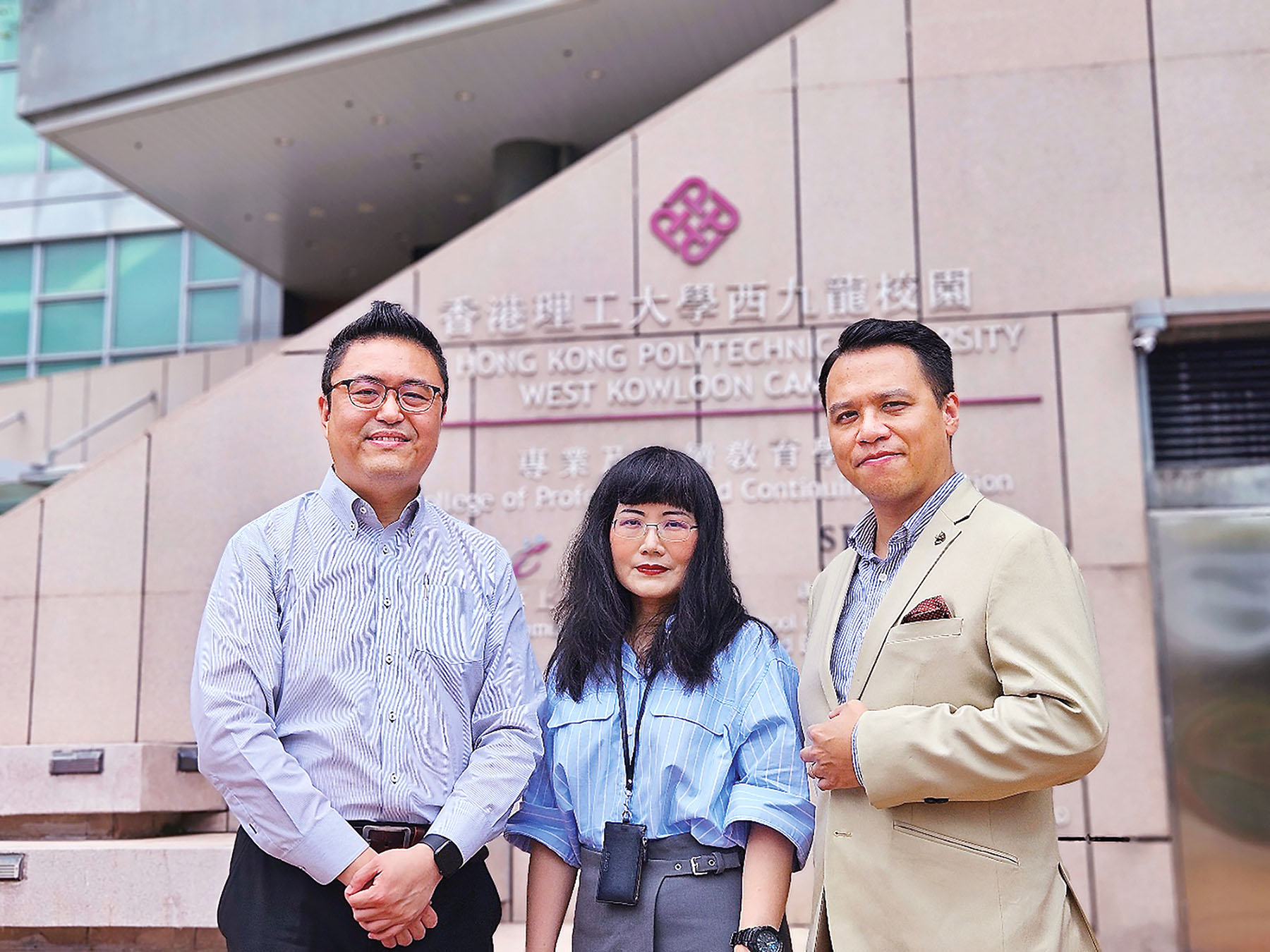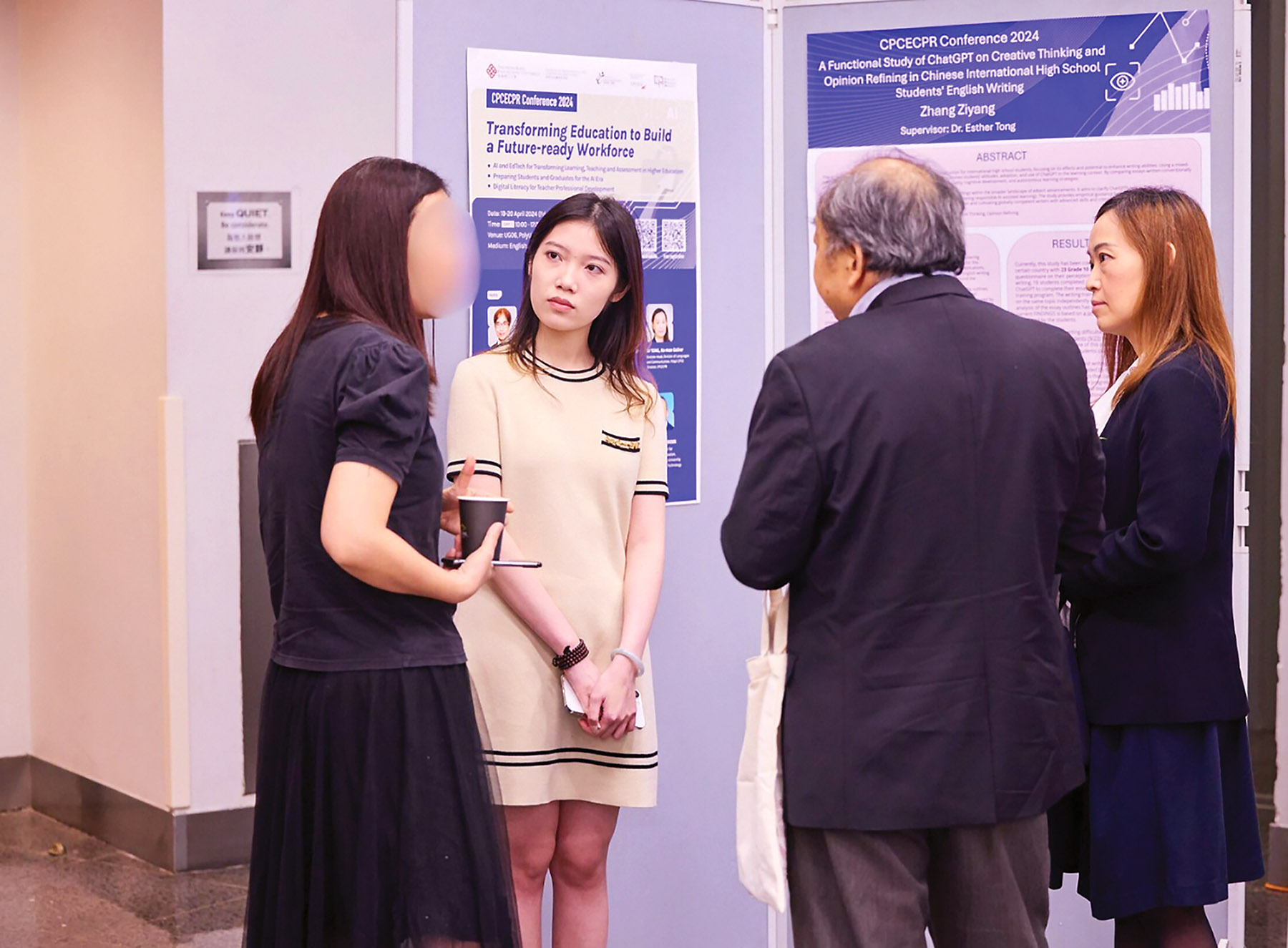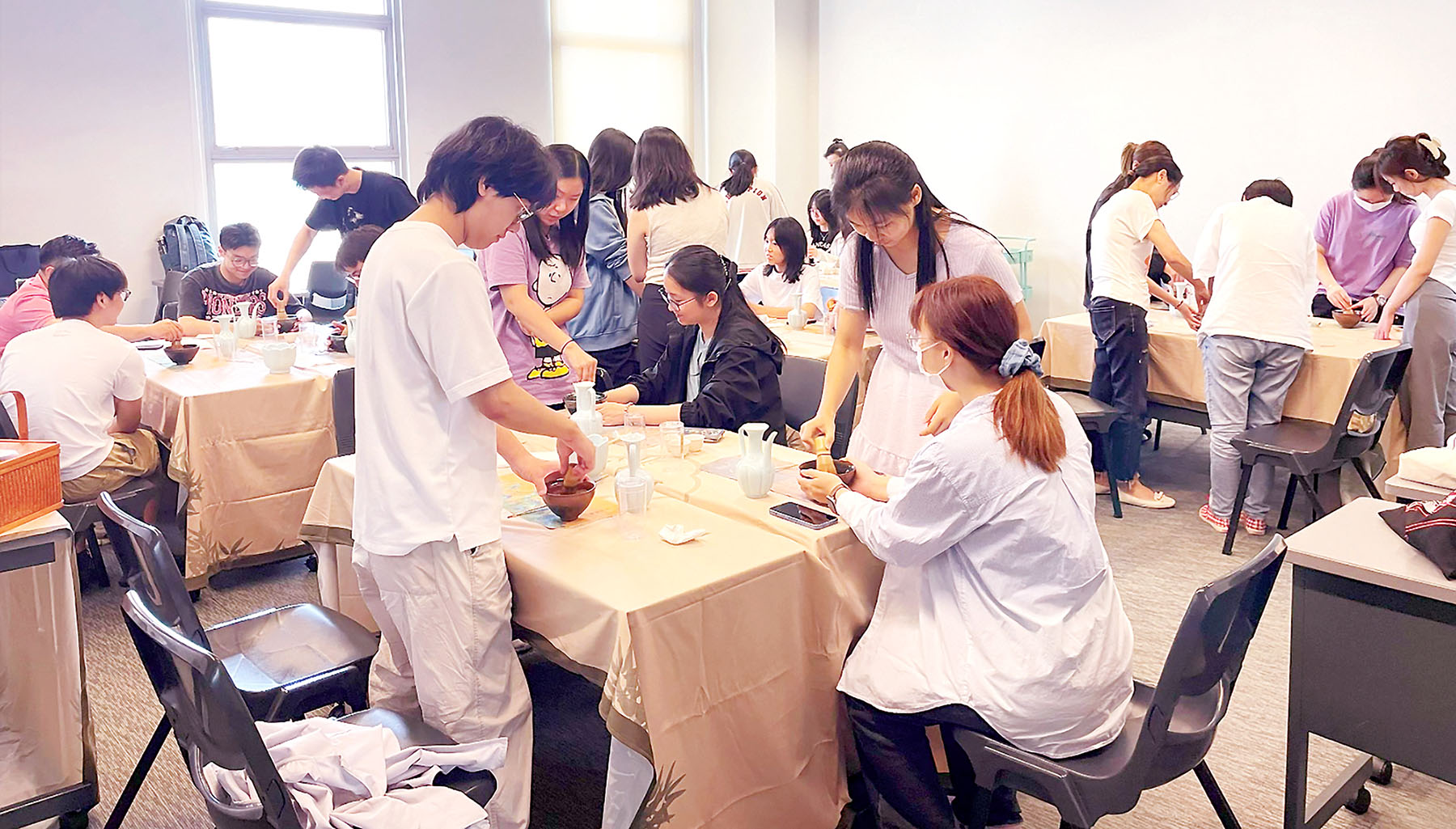
Artificial intelligence is revolutionizing every aspect of modern life and society, and education is no exception. The Hong Kong Polytechnic University’s School of Professional and Continuing Education and Executive Development (PolyU SPEED) is at the forefront of this change, actively integrating AI skills into its master’s degree programs to meet the rising demand for AI-savvy professionals.
Starting September, PolyU SPEED will introduce two AI-integrated master’s programs in Chinese creative writing and language teaching — pending final approval by PolyU, with potential changes to program titles and curricula.
Additionally, three undergraduate degrees from the Division of Languages and Communication are being updated to align with evolving workforce needs, forging strategic partnerships to help students progress in various industries.
PolyU climbed to a record-high 57th place in the 2025 QS World University Rankings. PolyU SPEED graduates enjoy a high employment and further study rate of 90.5 percent, with an average monthly salary of HK$22,421 ($2,872).
READ MORE: PolyU harnesses AI, robotics to drive medical innovation in Hong Kong
Dr Jessica Deng Chunrao, who leads the Language and Communication undergraduate programs, stressed the institution’s commitment to constantly adapting curricula to “keep pace with the times”.
She assured students of a personalized educational journey, featuring a bilingual training mode and cross-program course enrollment options.
The new Master of Arts in Chinese Creative Writing and Media Culture is designed to prepare students for the digital future of the Chinese-language media industry.
Program leader Dr Raymond Chow Wen-chun said the program emphasizes Chinese-language proficiency, communication finesse, and the creation of multimodal, engaging media content.
Students will learn to use AI tools in courses such as screenwriting for film and animation — but with a critical eye for quality and artistic integrity, Chow said.

The curriculum includes 14 compulsory and elective subjects covering Chinese linguistics, cultural studies, creative writing, and multimedia production, all taught with an AI-aware pedagogy.
Chow said that being, “successful in future media and public communication careers — whether as content creators, civil servants, or corporate public relations — hinges on (having) a mindset that views emerging technologies as assistants rather than replacements, and this is what the program is set to offer.”
Similarly, the Master of Arts in AI and Technology-assisted Language Teaching incorporates AI into traditional language teaching programs.
Assistant program leader, Dr Eric Cheung Lok-ming, explained that courses follow a two-part principle: foundational pedagogical and linguistic theories first, then AI-integrated teaching practices.
“AI-related knowledge plus a professional mindset — that is a winning combo for potential pedagogical innovation,” Cheung said.
Both programs are attracting diverse applicants from Hong Kong, the Chinese mainland, and nations participating in the Belt and Road Initiative.
Dr Esther Tong Ka-man, head of the Division of Languages and Communication, added that the programs also cater to students with backgrounds in computer science and programming, enabling them to develop user-centric, sector-specific technologies.
“While China’s educational technology sector is booming with startups and investments, many developers still struggle to capitalize on this trend due to an insufficient understanding of pedagogy for needs-based designs,” Tong said.
The master’s programs offer both one-year full-time and two-year part-time options, and an additional “block scheduling” alternative, which condenses classes into shorter periods, supplemented by digital resources and virtual learning support.
The bilingual education model allows students to submit coursework in either English or Chinese.

Cheung added that creative media courses equip future teachers with multimodal content creation skills, enabling a transition from text-based methods to multimedia approaches.
“These customizable course designs responsive to individual needs are part of efforts to address the societal needs and deepen our programs’ interdisciplinary strength,” noted Tong.
Leaders of existing programs also expressed optimism about the upcoming academic year.
Dr Nathan Nexus Phua Khong-thai, who leads the Bachelor of Arts (Honors) in Language and Professional Communication (Digital Media), highlighted the program’s focus on language, business, and digital media, attracting students who aspire to become social media influencers, content operations managers, corporate public relations specialists, and small-business owners.
Two news elective subjects in entrepreneurship and media design and tactics have been added to help students create engaging online branding content.
Dr Melody Lu Wen, who leads the Language Studies with Information Analytics program, promoted her program’s “extensive industry connections”, offering high-quality internships and creating a “fast, direct, and all-around feedback loop” among students, educators, and industry insiders.
One of its partner enterprises, Iyuno — a global leader in entertainment localization to provide dubbing, subtitling, and media — has decided to maximize the quota for interns, while emphasizing error analysis and post-editing skills when assessing intern and employee candidates.
She believes that the program’s graduates — skilled in corpus analysis and language data management methods — remain suitable as data managers and trainers for large language model development.
ALSO READ: PolyU launches innovative AI-powered legal service tools
The Chinese Language and Culture program prides itself on providing hands-on learning experiences through collaborations with local NGOs and community organizations, such as the Conservancy Association and the Sham Shui Po District Council Mei Foo Neighbourhood Activity Centre, which received CLC students as trainee Chinese teachers in their community centers and after-school programs.
Program leader Lau Kam-tang said, “With robust academic training, practical experience, and meaningful community engagement, our graduates are well-prepared to make a positive impact in the Chinese language and culture education field.”
The program has emerged as the top choice for mainland applicants within PolyU SPEED’s undergraduate offerings, and it plans to continue this momentum with a revamped curriculum emphasizing the Guangdong-Hong Kong-Macao Greater Bay Area and contemporary Chinese culture.
Last academic year, the Division of Languages and Communication partnered with 14 industry organizations to establish 83 customized internship positions, boasting a 100-percent completion rate of the 300-hour work-integrated education required by PolyU for graduation.
Contact the writer at wanqing@chinadailyhk.com


